After releasing top 25 finalists, now Electrolux Design Lab 2011 Award has chosen eight young industrial designers to present their concept to a jury of expert designers at Business Design Center in London, 7th September 2011. Each of industrial designer students was challenged to design intelligent mobility within home appliances. Henrik Otto as SVP of Global Design at Electrolux said that those 8 finalists had shown innovative and creative thinking to make it this far in the 2011 Electrolux Design Lab Challenge.
The award prize for the first winner is 5,000 Euros, the second prize is 3,000 Euros, and 2,000 Euros for the third winner. But the best prize is not the money, it’s the six-month paid internship at an Electrolux global design center. The experience is going to be priceless.
Here are the 8 finalists in random order:
1. Portable Spot Cleaner by Adrian Mankovecky (Academy of Fine Arts and Design Bratislava – Slovakia)
Who doesn’t like clean clothes especially when there’s no effort involved to get them. This device is one of essential tools you have to carry when you travel a lot. The negative ions and steam will refresh your clothes and remove stains. Powered by a sugar crystal battery, you can choose suitable cleaning program from its interface.
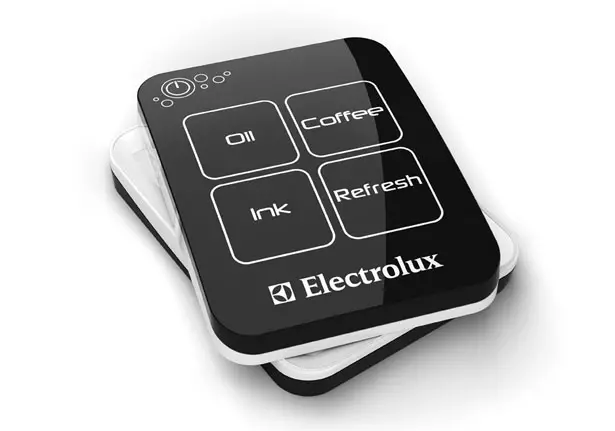
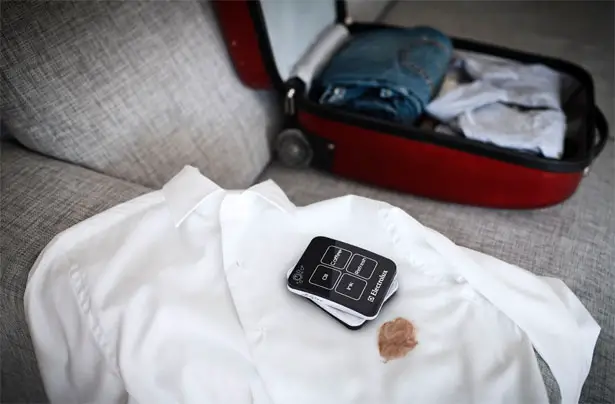
2. Robo TAP Cleaner by Gyu Ha Choi (Handong Global University – South Korea)
This device is a robot vacuum cleaner which can be used to target specific area that needs to be cleaned. The IPS system aligned with a simple remote control can be attached to the user’s shoe or slipper. By tapping twice on the dirty spot, user orders the Robo TAP to get to that area for cleaning. Another 2 taps will cancel the order and 3 taps will return this vacuum cleaner to its programmed area.
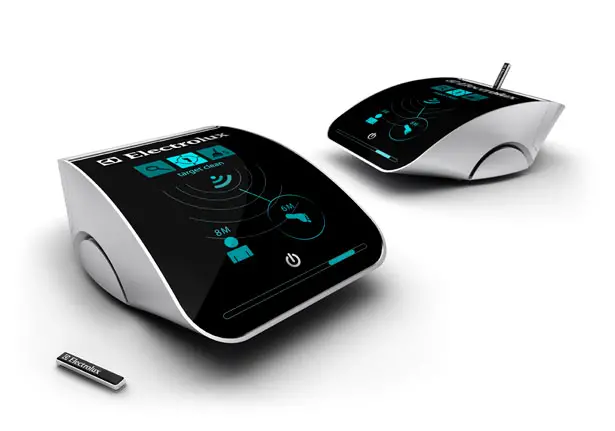
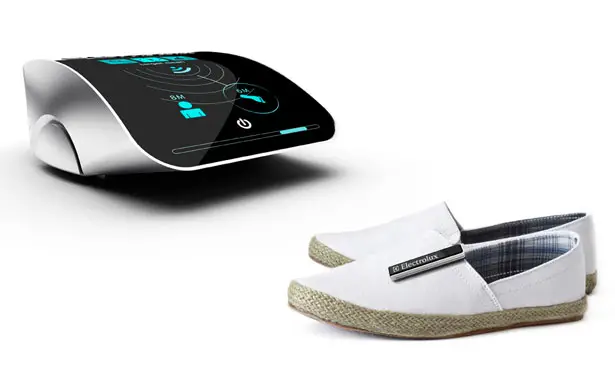
3. Onda Portable Microwave by Matthew Schwartz (California State University Long Beach – USA)
This portable microwave is a smart improvement based on a home appliance which was first introduced in 1955. User can slid onda on to the packaging of pre-prepared meals to make them warm. The aluminium contained within the interior of this portable device creates a circuit connection when the seal of the packaging is broken. Onda uses paper batteries to work which make it both smart and eco friendly device.
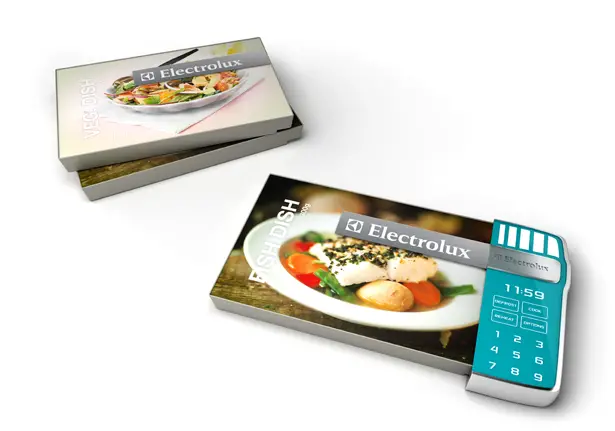
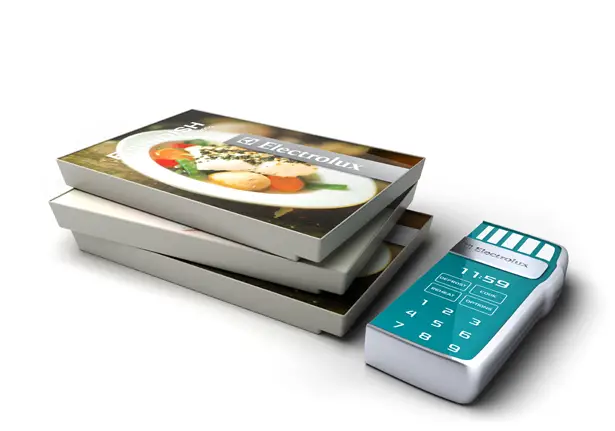
4. Smoobo Blender by Roseanne de Bruin (Massey University – New Zealand)
Bounce Smoobo blender to create a delicious smoothie. This blender is fun and easy to use. I bet kids would love bouncing it around. Kinetic batteries are activated within each bounce, thus power the rotary blades to create your perfect smoothie drinks. Open the cap and pour your drink.

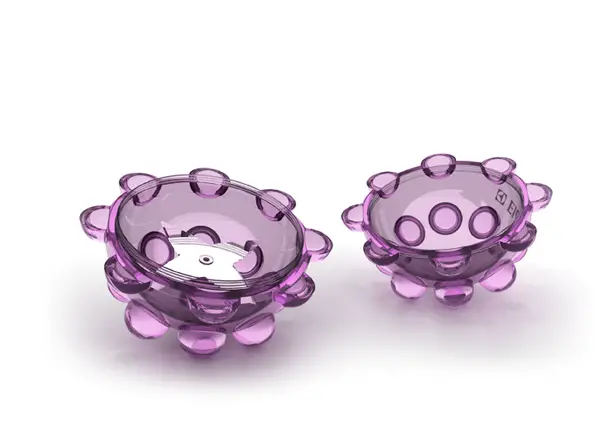
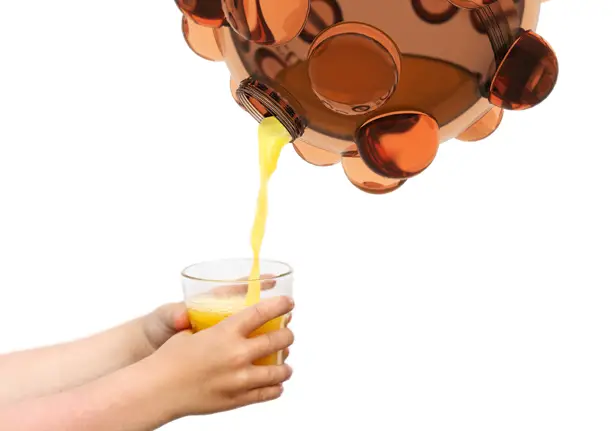
5. Mobile Induction Heat Plate by Tommi Moilanen (Aalto University School of Art and Design – Finland)
This heat plate is perfect to carry when camping. It’s a smart induction hot plate that you can pair with a smartphone to gain a child safe remote control. The smartphone app has been designed to be used with intelligent food packaging where NFC-tags provide instructions on how to heat your food properly. The glossy black and white design is really appealing, the wooden handle makes this device can be hung on a wall when charging its battery.
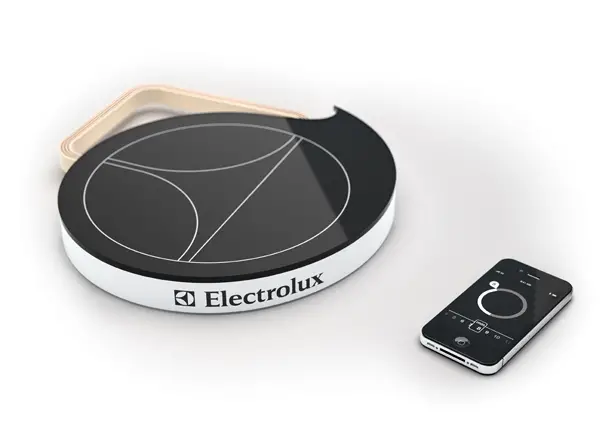
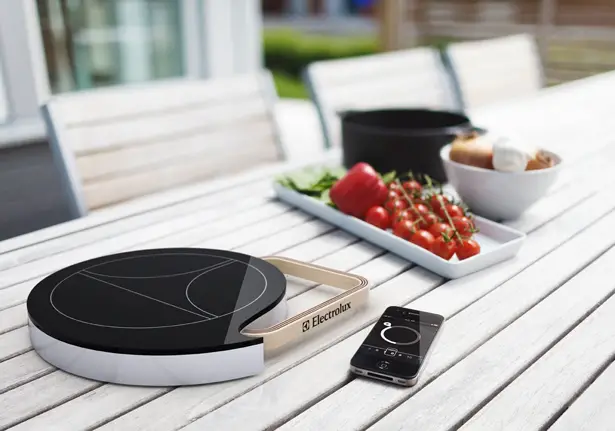
6. Ribbon by Enzo Kocak (Monash University – Australia)
Ribbon is a flexible multipurpose heater and cooler. It’s really amazing if this concept comes to reality as we can use its unique shape to heat or chill almost anything. You can wrap it around a vessel containing food or drink. To heat the food, user needs to use the black side while to chill, user can use the white side. It can be folded, curled, even puzzled together as a hotplate. Ribbon uses chargeable thermoelectric cell battery which can reserve the charging process, it converts the excess heat back in to electricity when not in use.
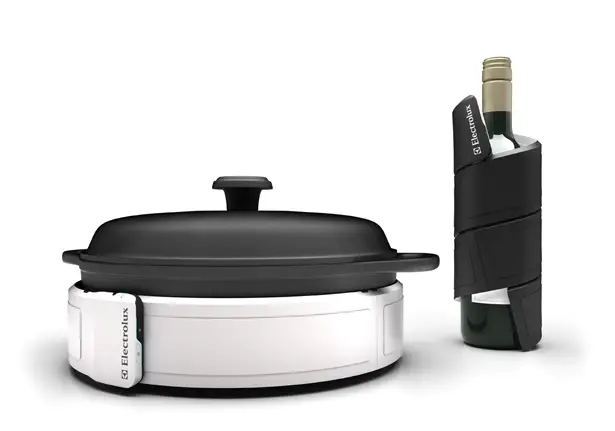
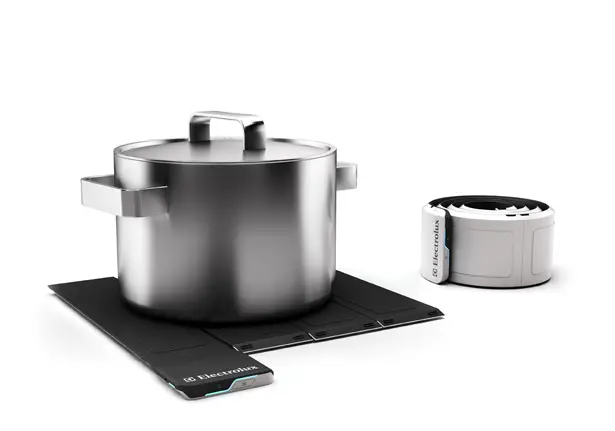
7. Salvé Bagel Toaster by Kent Madden (Carleton University – Canada)
There’s no reason to skip your breakfast with this toaster. Salve is a portable bagel toaster that works the second you place a bagel in it. Enjoy freshly toasted bagel every morning. This bagel toaster has been designed to run on sugar crystal batteries and can be recharged on a ceramic dock using induction.
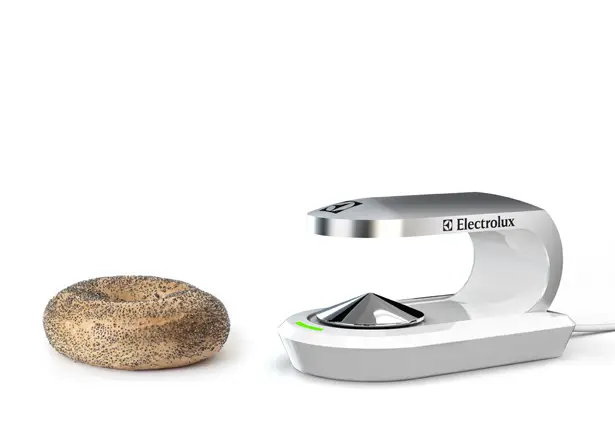
8. Sous-vide Cell Cooker by Adam Miklosi (University of West Hungary – Hungary)
Inspired by the trend of slow food cooking, this industrial designer has come up with Sous-vide Cell Cooker. It helps you to cook healthy food at pre-indicated times. This device is integrated with internet and smartphone software to help you planning your food menu a week head and informing about necessary ingredients for each food.
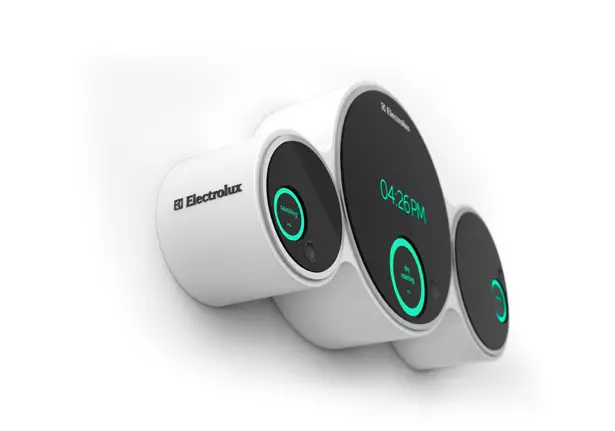
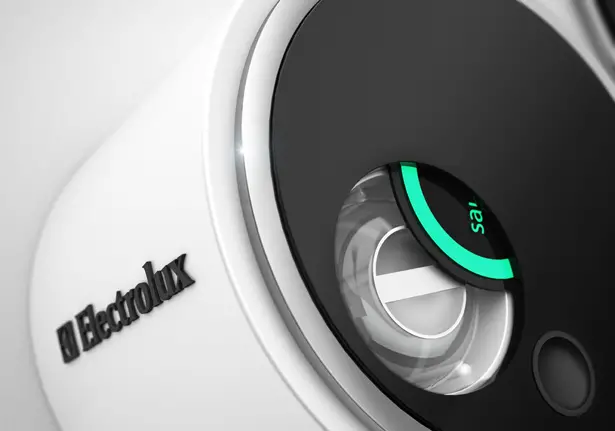
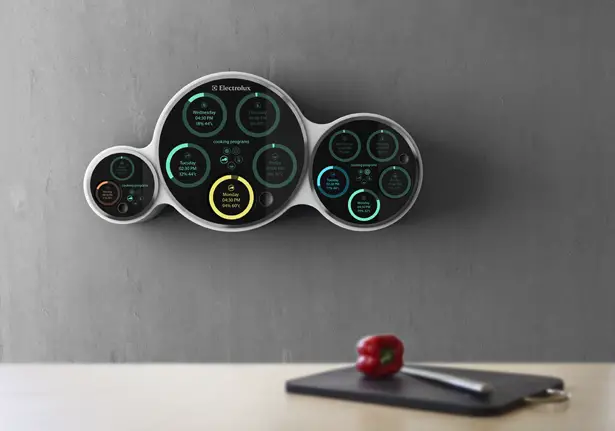






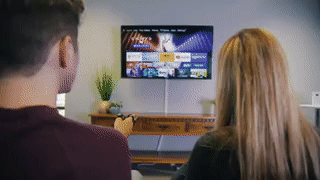

Except for the last 2 not feasible. People need to lern about Science and current tech. Microwaves and induction cookers operate in the KW range, by the time the battery technology is far enough it will be 2050. Current laptop batteries would only alllow for 1-2min microwave/ hot plate use. The cooling element both peltier elements and phase change cooling would not be nearly effective enough or would require even more advanced battery technology. Also chargin when not in use requires a temperature gap, thermodynamics anyone? Sugar batterys are far off as well, and what gains do they offer, the theoretical energy density is lower than current tech, only use would be throw away bio degradables but not rechargable.